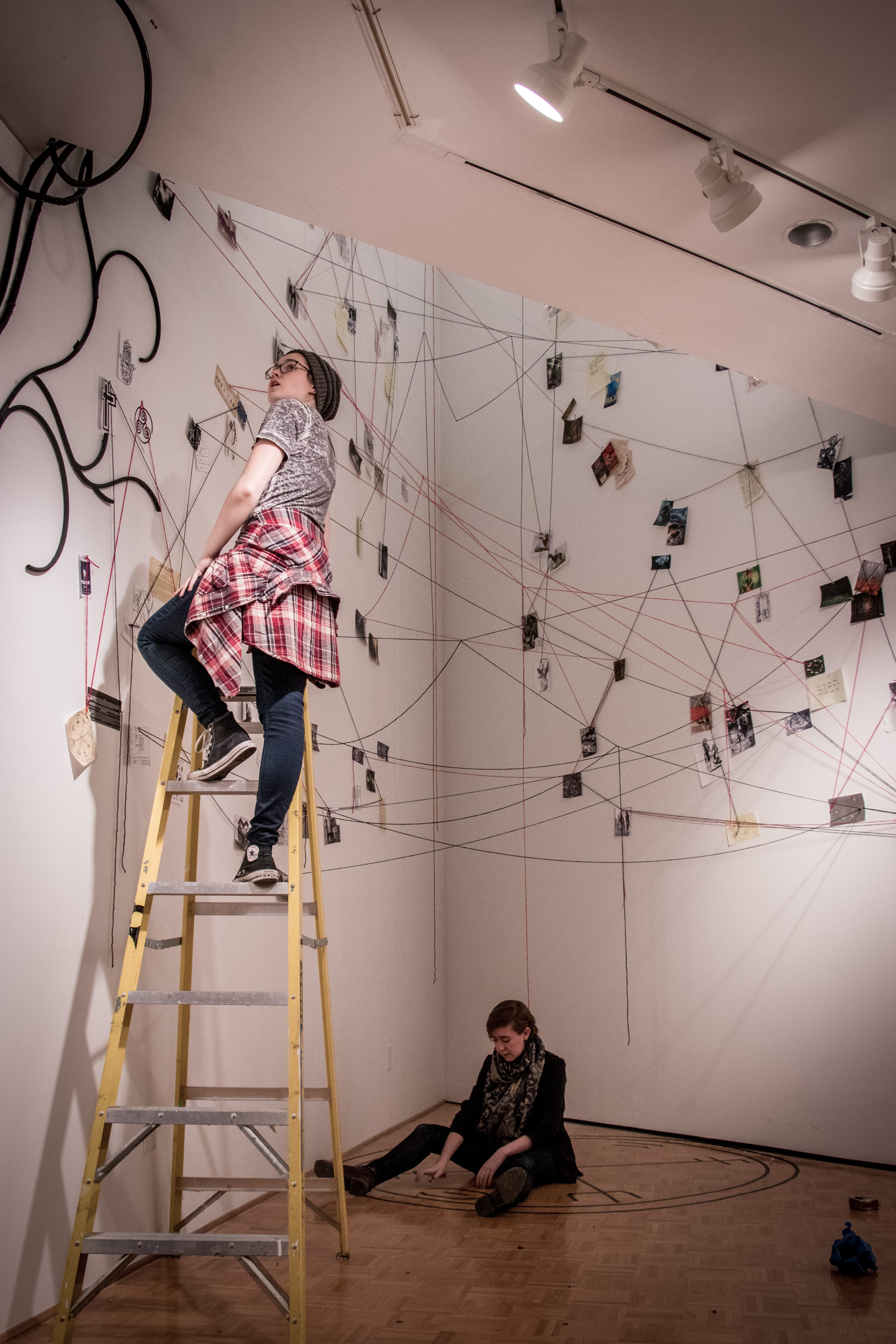by Elise McCarthy and Saralinda “Linnie” Schell, Class of 2019
The Underhill was born in a single 2:00 am burst of creativity, wandering around the space where the installation would, two months later, take place. Using the installation space as a frame, we told the story of a young girl, her disappearing mother, her father, and the real-world impact of the realities each of us creates for ourselves. As you moved through the gallery space—Drama House, one of the Special Interest Houses on campus—you moved through the lives of the three characters, encountering strange lands and stranger people. At this point, we’re not precisely sure which elements were whose idea. It seems like some parts of the installation were neither of our ideas, actually—after we set it into motion, The Underhill took on a life of its own, seemingly writing itself.
Both of us are members of Drama House. Our mission, individually and together, is to tell unconventional stories. We believe the best narratives are the ones that challenge us and change us, born on the fringes of normal and told by people whose experiences are unusual. The Underhill emerged partly from this desire to push boundaries—we developed the narrative around Drama House’s architecture, by asking ourselves “Who lives here, and what kind of stories would they tell?”

Admittedly, if you were only given the description “art director,” neither of us is the kind of person you would think of right away. We’re both juniors, majoring in political science and physics and astronomy, respectively, and while both of us have backgrounds in technical theater, neither of us had ever directed a show. But our years of work in our academic disciplines have taught us the value of determination.
If there’s one thing we’re both good at, it’s putting in the time to do something well. We wrote down our ideas, and it sounded like a good idea in the morning, so we explained it to a couple people. When it still sounded like a good idea a few days later, we decided to do it.
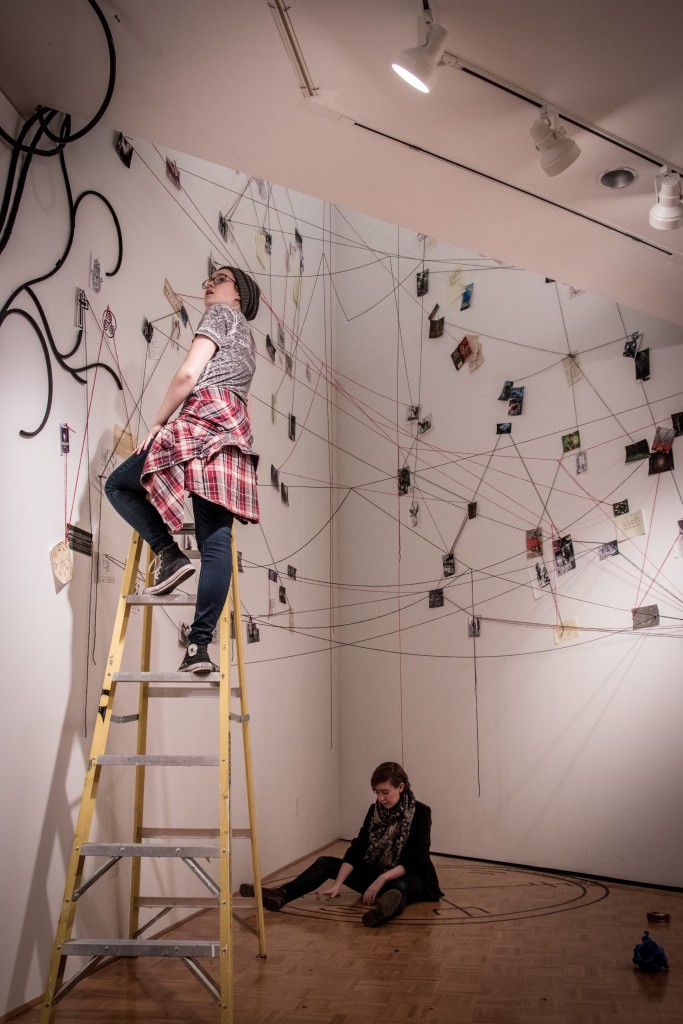
Our first action was to go looking for people, because stories this ambitious can’t be told without help. We needed sound and lighting designers, studio artists and actors, tech crew and scene builders, PR people and writers, and patient roommates. Everywhere we turned, we were fortunate enough to find them. All told, over fifty people across five different student groups worked on The Underhill with us.
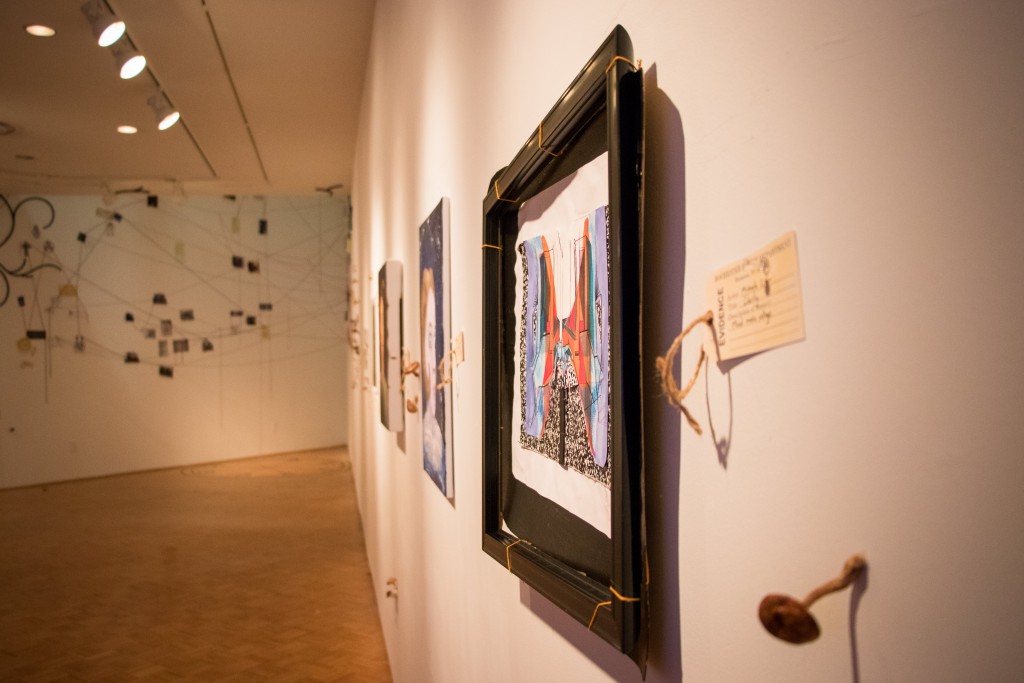
We also needed funding, which we found from a variety of places across campus. We received support from the Office of Admissions, the Todd International Theater Program, the Burgett Intercultural Center, the Residence Hall Association, the Hartnett Gallery, and Drama House itself. Without the generous support of many administrative groups and the tireless effort of our diverse student collaborators, The Underhill would never have gotten off the ground.
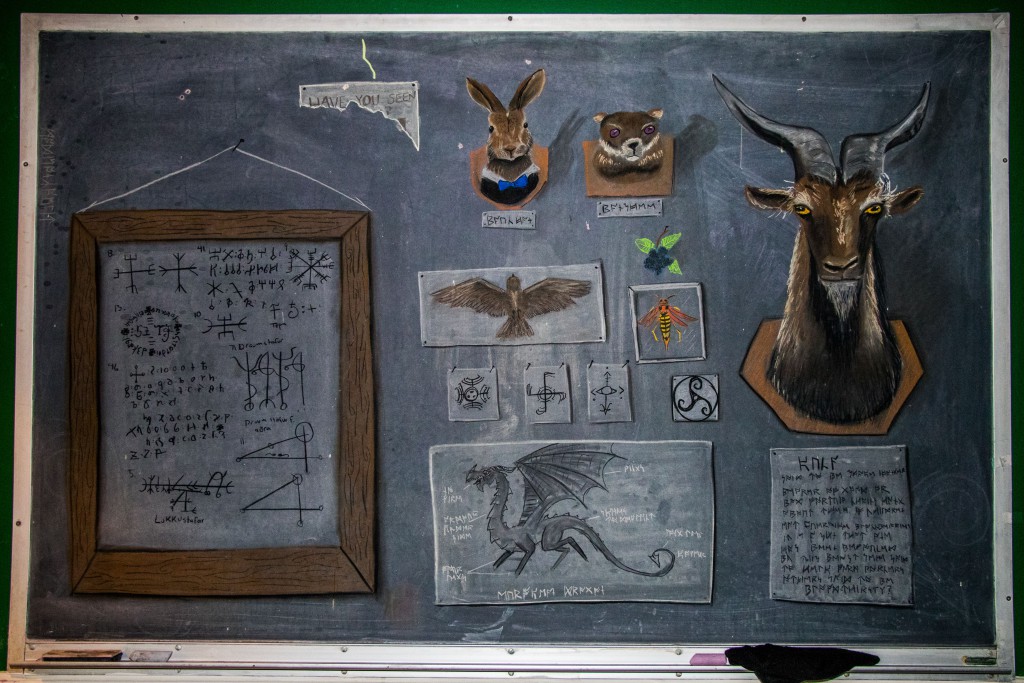
Get off the ground, however, it did. The Underhill opened on Friday February 9, less than two months after our first planning session, to a packed gallery. We are so proud of how it turned out, and so incredibly thankful to everyone who supported us along the way.
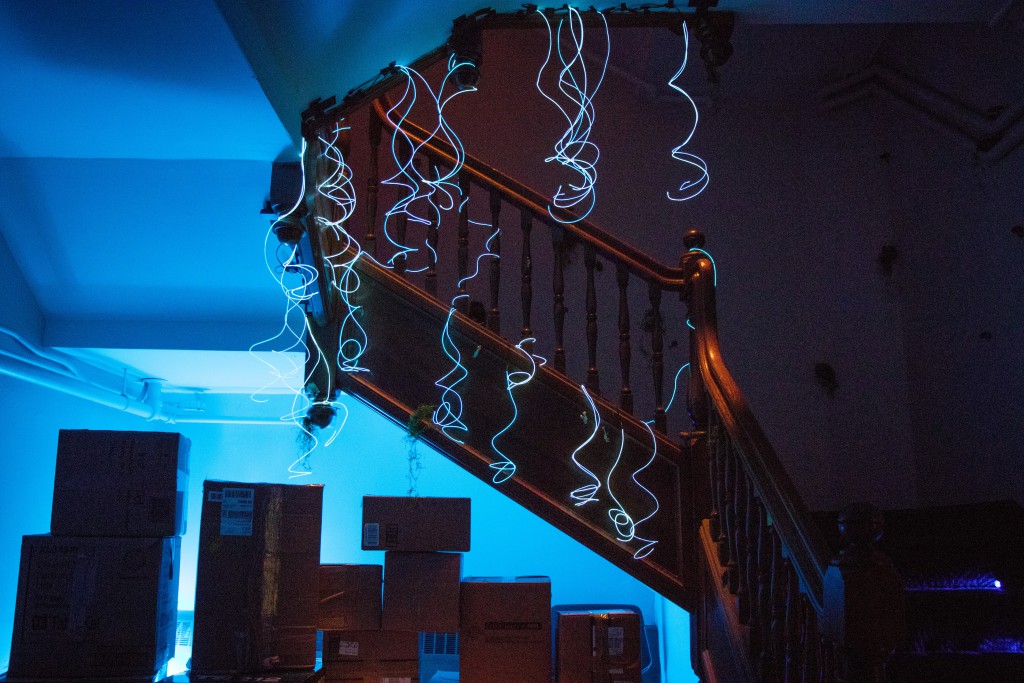
Creative expression changes you. It’s easy to get stuck in the same routine, doing the same thing day in and day out. But when you do something like this, every day is a new and different challenge. Something will always go wrong, so you learn to roll with the punches and invent a solution to problems you never could have anticipated. It’s exciting, and sometimes it’s exhausting, and the lessons stick with you long after closing night.
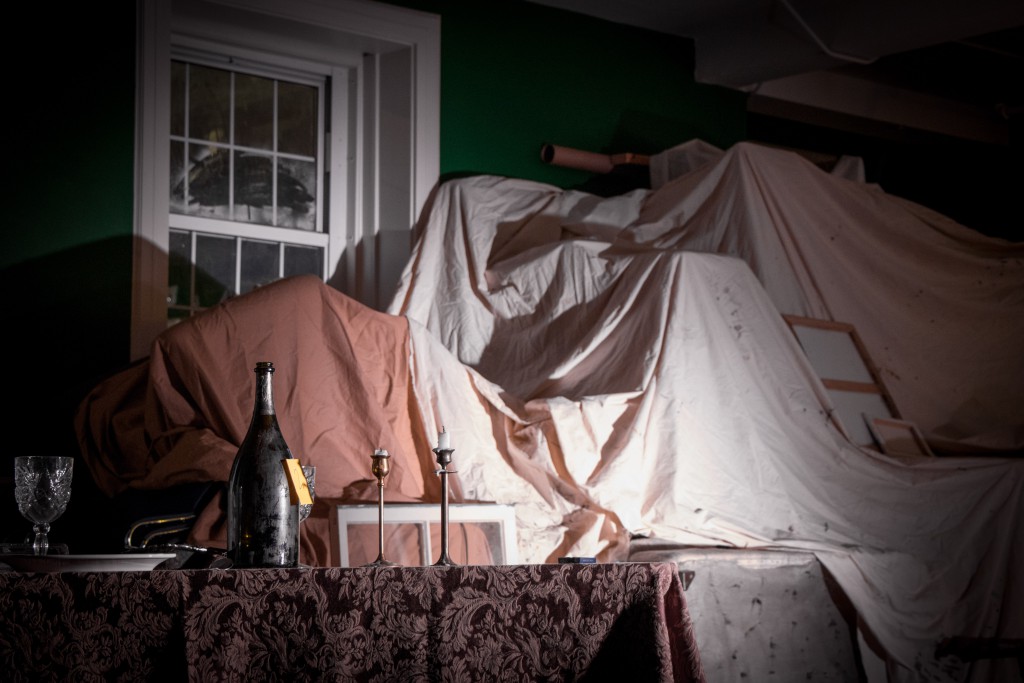
Science is similar in many ways; you are presented with a problem and you have to innovate your way to a solution, but it’s so easy to get trapped in rote memorization and fail to apply the creative problem-solving you really need to be successful. Our experiences in theater have made us better scientists and better students by giving us the chance to apply our skills in a new area. We diversify, flourish, and remain curious.
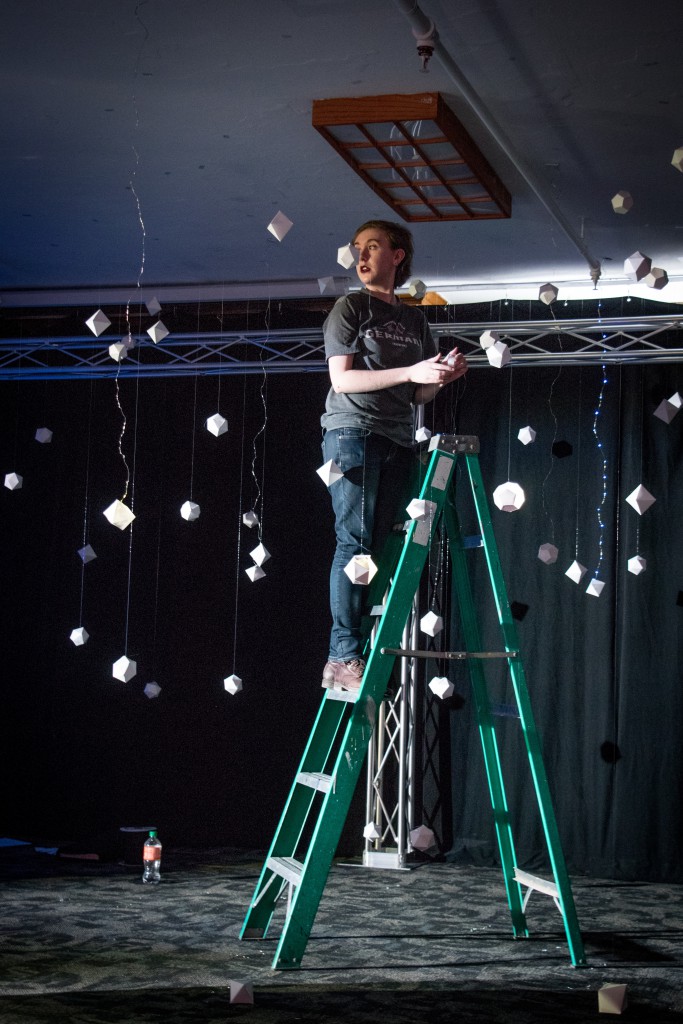
The beauty of the University of Rochester is that we have that opportunity here. We don’t have to limit ourselves to a single path—we get to explore the connections among many disciplines and construct for ourselves richer, more rewarding futures. For those of you who may follow in our footsteps, you can’t pick a better place than here to do it. We won’t lie to you and tell you it’s easy; the number of hours we put in over two months probably numbers in the hundreds, but it is worthwhile. Reach out, build bridges, and don’t be afraid to do something audacious.
Meliora!

